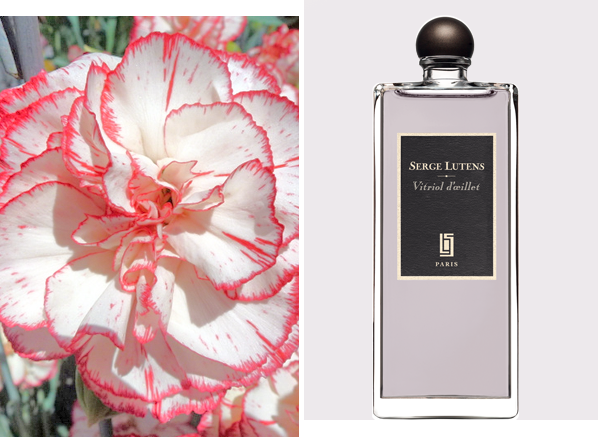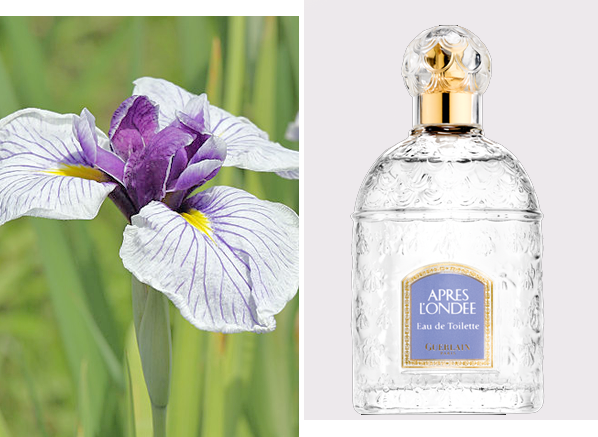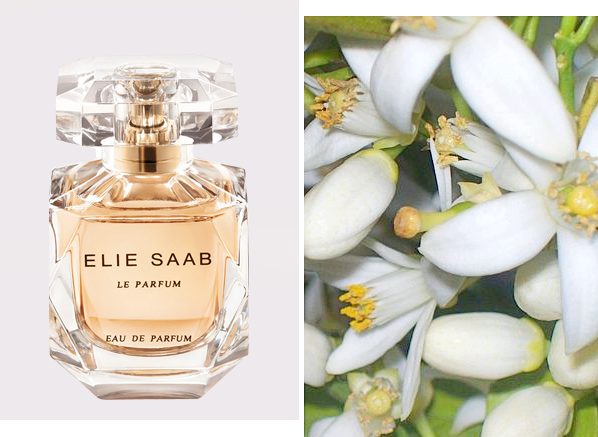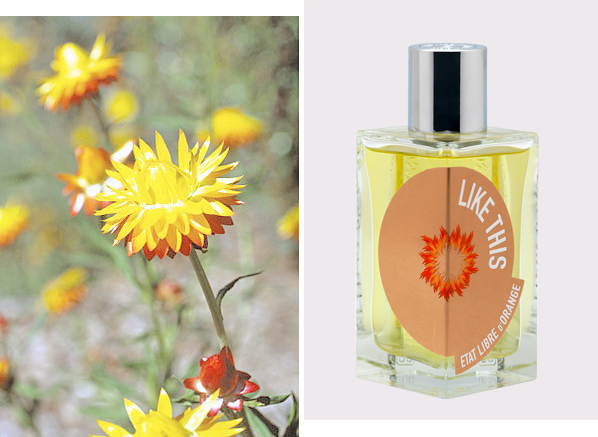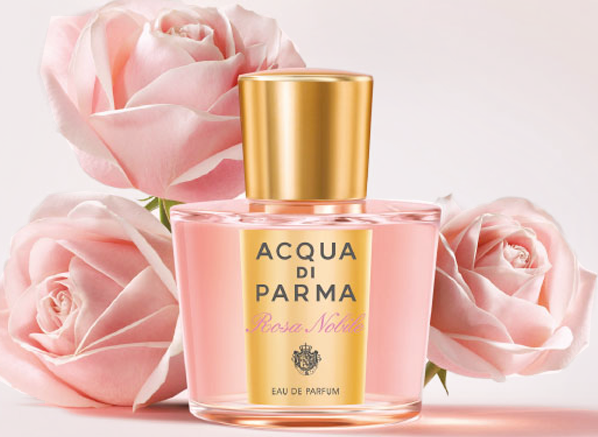

Valentine’s Day is just around the corner and it’s time to tell those daring people we love that we adore them, and why not say such a thing with flowers? The Victorians believed that flowers had hidden meaning and used the art of Floriography (I so want to be a Professional Floriographer for the title alone) to convey messages via the arrangement of flowers. By placing different flowers together they would create a cryptic message to express their feelings or a certain sentiment. Each flower has one or numerous meanings associated with it, associations that come from literature, art and ancient history. So black roses can be seen to mean magic or witchcraft whereas lavender conveys a more pure sentiment of love and devotion. They sure were romantic those Victorians.
In this special Valentine’s post I shall be traversing the five important stages of falling in love via the medium of the Victorian Language of Flowers. We’ll experience fascination and joy, and make important declarations of love before tying the knot, so it should be quite a ride. For each stage I have picked a fragrance that conveys the spirit of the flower and its cryptic meaning so that when you gift it to your loved one you can say, this isn’t just a perfume, this is a message to say that you bring me joy. What could be more lovely than that?
Carnation: Fascination
All love stories start with that initial moment of fascination – that spark of energy that ignites an interest in someone very special. It’s that feeling one gets when spotting somebody intriguing from the opposite side of the room or that electric second where eyes meet for the very first time. In Victorian Flower Language, carnation equals fascination, it’s a spicy, clove-y and exotic smelling flower that hints at the romance to come. For my moment of carnation fascination, I’d pick Serge Lutens’ Vitriol d’Oeillet, a perfectly photorealistic carnation fragrance that is built upon Uncle Serge’s lifelong fascination with fragrance.
Pink Roses: Joy
First comes fascination then comes joy. They always say that the first few months of a relationship are the best. It’s a time where two people are getting to know each other and fall in love. You’re still learning each other’s quirks and there’s that fluttery, butterfly feeling that hits you each time you meet. It’s pure joy, just like pink roses, so there’s no surprise that our lovely Victorian’s paired these beautiful flowers with this intense emotion. When I think of joy and pink roses, I think of Acqua di Parma’s Rosa Nobile, which I’m going to go out on a limb and call my favourite rose fragrance. This scent is an olfactory snapshot of blush pink roses on the bush, bursting with dewy freshness. What could be more joyful?
Iris: Promise in Love
As things get more serious a promise is made. We commit to each other to say that our special someone is the one for us and that no others will cut the mustard, no matter how daring, dashing or determined they may be. Iris means a promise in love and it makes its commitment with luxury and lustre. One of the greatest iris declarations is Guerlain’s Apres l’Ondee – a romantic entanglement of iris, violet, heliotrope and anise that says, with a cool powdery voice, don’t ever leave me.
Orange Blossom: Marriage
So we’ve had the first encounter, the joy of a new romance and the commitment to each other, what comes next? Well, marriage of course! If not marriage, then a happy lifetime of cohabitation. Marriage is a funny thing. If I could sum it up, I’d say that it encompasses every emotion in life; joy, passion, frustration and sadness, all wrapped up in a worthwhile package that serves to challenge each party to be the best person they can be. Like marriage, orange blossom is a complex package, with erotic white floral undertones and fresh neroli head notes. Elie Saab Le Parfum is an orange blossom that marries a radiant white floral with a strong foundation of cedar wood and patchouli. After all, that’s the key to a successful marriage, isn’t it? Beautiful emotions with a strong foundation of trust.
Everlasting Flower: Never Ceasing Memory
Love lasts forever, long after we’re gone. We see this in the tales of the great loves, romances like Shah Jahan and Mumtaz Mahal. We see it in relics like the Taj Mahal and even in bottles of Shalimar. Everlasting flower, also known as immortelle, is the victorian flower of choice to represent a never ceasing memory. One fragrance where this meaning comes through is ‘Like This’, Etat Libre d’Orange’s collaboration with actress and eternal-nymph Tilda Swinton. Like this contains all of Tilda’s favourite things; ginger, maple, pumpkin, immortelle, rose and neroli. It’s a scarf-scent to snuggle up to and love, much like a special person. So, if someone asks you what it is to be loved or to love, simply tell them two words: ‘like this’.
Join the Discussion!
What are your favourite examples of the Victorian Language of Flowers?
Credits Victorian Language of Flowers
Carnation image: Clavell/Wiki CC | Iris image: Laitche/Wiki CC | Orange Blossom image: Ghabara/Wiki CC | Everlasting Flower image: CSIRO/Wiki CC


